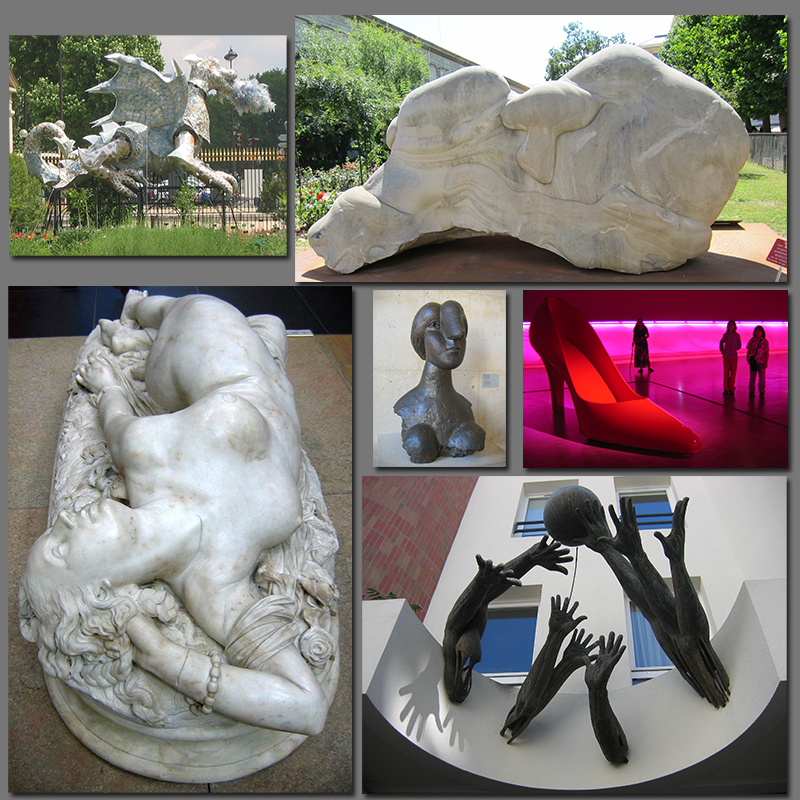Svitil, K., (2008). “Wine Study Shows Price Influences Perception.” California Institute of Technology. Visited on October 4, 2010: http://media.caltech.edu/press_releases/13091 This article is a research study about how the region of the brain called the medial orbitofrontal cortex showed higher activity when participants drank wines at a higher price. A wine tasting study was conducted at the California Institute of Technology and Stanford University. Twenty volunteers tasted five wine samples at different retail prices: $5, $10, $35, $45 and $90 per bottle. The volunteers tasted and evaluated which wines that they found more pleasurable. Two out of five of the wines were the same but one was priced at $10 and one at $90. In the experiment the subjects rated and preferred the $90 priced wine more than the $10, although they did not know that they tasted the same wine. Cognitive Design What does the product do? In this study the cognitive design was a wine tasting experiment. The concept of the research was to experiment on the perception of price on different wines. The setting was controlled in that the subjects did not know that they tasted the same wine but told that the price was different. While tasting…
Tag Archive for context
Attention, Attention Controls Errors, Background Knowledge, Perception, Perceptual Blindness, Perceptual Focus Errors, Pipsqueak Articles
Perceptual Illusions
by Olga Werby •
Our minds play tricks on us all the time. Once the information has entered our cognition via our senses, it still has to get processed to be understood. Like any other data, it’s all about context. For interesting examples of optical illusions, please visit http://www.lottolab.org/articles/illusionsoflight.asp. R. Beau Lotto has put together a few interesting examples of mis-processing! Or watch him deliver a talk at TED.
Errors, Ethnographic & User Data, Interface Design, Perception, Pipsqueak Articles, Product Design Strategy, Scaffolding, Users
Accidentally Supergluing an Eye Shut
by Olga Werby •

I hope the mere reading of the title made you queasy—it makes me shudder every time. On October 6th, CNN posted a story about a woman from Phoenix, Arizona, who accidentally put drops of super glue into her eye instead of the eye medication. She called 911, and in the emergency room the doctors had to cut open her eye and peel the hardened layer of super glue from her eye ball. If this doesn’t make you sick, then… One may ask: how stupid does one have to be to glue their eye shut? But, as with many other product-use errors, the woman made a very common mistake. The hospital wasn’t surprised—apparently these accidents happen all the time. Because of poor vision, she couldn’t distinguish between the bottles of her eye medicine and the package of super glue. Take a look at this: If you are relying purely on feel, the woman’s error no longer feels so outlandish. Here’s what she probably could see with her poor vision: And here is what we, the well-sighted, could see: So upon a close examination, the woman’s error is a natural mistake. (Yeah, I know, I know: Why would she keep the bottle…
Anchoring Errors, Diagnostic Errors, Mental Model Traps, Metaphor Mistakes, Perceptual Blindness, Pipsqueak Articles
Perception & Context
by Olga Werby •

It’s All About Context When it comes to real-estate, it’s location, location, location. When it comes to design, it’s context, context, context. Consider the following scenario: you are going shopping at Good Will. You see a brand new coffee maker for $10. “Oh My God,” you say, “that’s incredibly expensive!” You don’t buy it. You go to Starbucks and see the exact same coffee maker on sale for $120. You get it—how can you pass up such a bargain? In a different setting, the perception of price of the coffee maker resolves as cheap even as the actual price is higher. Why? Why do we care about the context in which the product is sold as opposed to some other intrinsic characteristic? There are people who buy empty Tiffany’s blue boxes and cases. Why? So they can place jewelry and other gift items in there. The mere fact of being inside a blue box makes those object more valuable—they work harder. Again, the perceived value it’s not just in the intrinsic characteristic of an object in a box, but rather in the combination of the two: the product and its context. If a gift-giver tells you that the present you’re…
Background Knowledge, Background Knowledge Errors, Pipsqueak Articles
Categorization & Context
by Olga Werby •

What is art? Do the objects in the images above form a category of “sculpture”? In Kindergarten, young students are taught a game: every kid brings an object to class; each student is asked to create two piles—the “in” group and “out” group—based on his/her own imagined set of rules; the other children guess the rules that make the category. It’s a great game. A collection of 20 objects can be sorted a staggeringly large number of ways: by color, by size, by use, by ownership, by gender, by taste, by feel, by name, by materials used in manufacturing, by the degree of fun, by shape, by temperature, by degree of reflectiveness or transparency, by the feelings they inspire, by history, by age, by weight, by dimensions, by utility, by the maker, by origin, or any other trait or combination of traits. This is a task that’s truly shaped by imagination. Categorization is a work of creativity. Guessing the rules of categorization is deductive reasoning at its best—scientists, detectives, and doctors do it everyday. But unlike the Kindergarten game, there’s usually no one to tell when the guess is wrong. How we perceive a group of objects depends on the…
